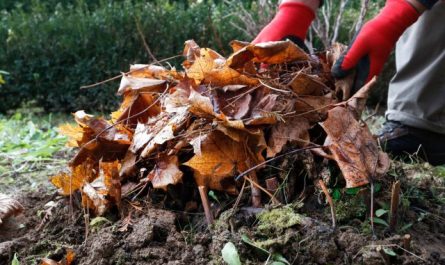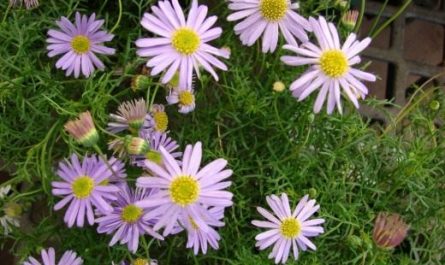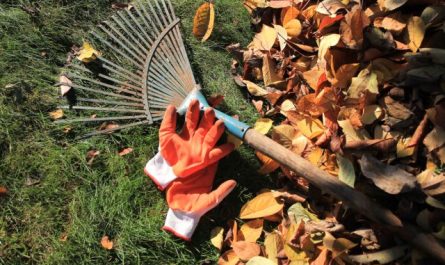You want to keep a bouquet of roses cut in your garden or given as a gift as long as possible. These beautiful flowers fit into any interior, bring coziness and harmony to the atmosphere of the house. And it is quite possible to prolong their life, but you need to understand that there are rules for cutting roses into bouquets. Not every variety of roses is suitable for long flowering in a vase. Therefore, if you plan to decorate your home with flowers from your own rose garden, you need to plant only those roses that can stand in water longer. Let’s figure out how to choose such varieties, how to cut roses, and what to do to make them stand as long as possible.

Which roses are best for cutting?
If you like to decorate your home with bouquets and plan to grow roses in your garden for this purpose, choose the following varieties for planting:
- with rapid growth;
- with repeated flowering;
- with long internodes;
- with good foliage;
- resistant to diseases and pests
Their shoots should be strong, long, with one large bud (for example, hybrid tea roses) or several, forming an inflorescence, the flowers in which bloom simultaneously (polyanthus, floribunda roses).
In addition to the peculiarities of the structure and development of the variety, it is important to consider its color. So, the shortest shelf life is for cut roses of light shades – white and soft pink, with thin petals. The denser the flower’s petal, the longer it lasts in a vase.

How to properly cut a rose for a bouquet?
The best time to cut roses for a bouquet is considered to be evening, early morning or cloudy but not rainy weather. During these periods, roses have good turgor (have not lost much moisture) and therefore will be stored well.
Roses are not cut in hot weather, as their cells have a reduced moisture supply, and roses quickly fade. Also in the rain, as wet petals quickly darken and lose their decorative qualities. Such roses may rot during transportation.
Do not cut flowers from roses that were planted this year, from sick and weakened plants. Choose well-developed bushes with strong, powerful shoots for cutting.
Before cutting a single flower, remove any extra buds and side branches from its shoot. Make the cut above the bud facing outward on the bush, using a sharp, disinfected pruner, without leaving any torn ends. It is essential to leave such a bud so that a new, full-fledged shoot can form from it, not thickening the plant, but developing normally in a free direction. Do not cut more than three shoots from one bush.
The lifespan of roses in a vase also depends on the degree of opening of the bud at the time of cutting. Not all roses open well when standing in water.
Some may not bloom at all, so when cutting a bouquet, look at the type of flower:
- if the petals in the center of the flower are short, this rose needs to be cut at the bud stage, it will gradually bloom in the vase;
- if the flower is double and opens slowly, it is better to cut it when it is already half open;
- The remaining roses should be cut when their sepals have turned away and the flower itself has opened to ¼ of its original size.
If you are cutting a bouquet of roses in your garden, then in order for the roses to stand in a vase longer, immediately after cutting they need to be immersed in water at room temperature up to the very calyx of the flower. For example, in a bucket. And put them in a dark and cool room for a while.
This technique is especially important if the flowers are intended for sale. After standing for some time immediately after cutting, they are well saturated with moisture in water and are stored longer. The effect can be enhanced by keeping roses in a dark and cool place for 0 hours at a temperature of 1 to °C, with high air humidity.
If roses need to be transported over a long distance, after cutting they are not put in water, but, after removing the leaves (only 2-3 leaves should remain on the stem), each one is individually packed in paper (parchment, tissue or any available) and placed in a cardboard box. In one to three rows, each of which is also interleaved with paper. Upon arrival at the destination, after unpacking, the ends of the shoots are immediately dipped in cold water and shortened by 2-2,5 cm.
Interesting: you need to cut a rose shoot from a bush with a well-sharpened tool, making a 40-45 degree cut at an angle.

How to keep a rose longer?
In case of dry transportation of a bouquet, upon arrival home, the cuts on the roses need to be renewed. Spray the shoots with water, remove the lower leaves and thorns, wrap in damp paper and put in a container with warm water (the water temperature should be slightly higher than room temperature). Let stand for at least an hour, preferably two.
The vase for roses should be high enough. So high that the stems of the flowers are immersed in water by 2/3. For the same reason, it should be filled with water almost to the top.
Before putting the flowers in a vase, the shoots need to be refreshed. It is better to do this under water to avoid blocking the vessels. From the part of the stems that will stand in water, pluck the leaves and remove the thorns. In order to avoid rotting, no more than two leaves can be put into the water with the rose.
If the roses have a soft stem, make a slanting cut at an angle of 40 degrees. If it is woody, split the end with a knife or break it into 2-3 cm, and remove 5 cm of bark a little higher. It is believed that these techniques increase water absorption.
Interestingly: If aphids, whiteflies or other insects are found on rose leaves, they must be washed off under running water. Then shake off excess moisture from the flower and only then put it in a bouquet. Pests brought in with roses can become a source of damage to indoor plants.

Water for a bouquet of roses
It is better to use settled, rain, melted or distilled water for a bouquet of roses, at room temperature. If there is a need to delay the opening of the buds – cold.
To extend the life of cut flowers, you can add a piece of coal or silver to the vase, or 2 aspirin tablets (1 per 1 liter of water). If possible, you can buy and add a floristic preservative according to the instructions.
If roses have started to wilt, you can slow it down with 1 teaspoon of ethyl alcohol per 2 liters of water or 1-2 drops of ammonia. Or place the ends of the stems in hot water for 2-3 minutes (so that the hand is hot, almost boiling water), and then cut them off and put them in cold water.
The water should be changed daily, each time rinsing the stems under running water and renewing the ends of the cuts by 1-2 cm. The vase itself should be thoroughly washed, removing the resulting plaque from the walls. If the flowers are in a solution, it is renewed once every 3-5 days.
At night, the vase can be placed on the windowsill (if the temperature allows) or in a cool bathroom. This technique is especially important for a bouquet in a solution with a floristic preservative, and for Dutch roses given as a gift.
If the roses begin to show signs of wilting in the evening, you can renew the cuts and place them in water in a full bathtub without drowning the buds. You can change the water in the evening and cover the buds with a bag or paper.
If there is not one but several flowers on the shoots, the faded ones are removed every day. Also, make sure that no dried leaves remain on the stems.
It happens that one flower in a bouquet begins to fade, while the others show no signs of initial fading. The cause of this phenomenon is most often damage to the rose stem. In this case, it is necessary to inspect the shoot, find the place of damage and cut the stem above it. Then put the flower in hot water with a temperature of 37-38 ° C for about 30 minutes.
Interesting: the best vase for roses is considered to be a tall ceramic vase. It not only allows you to immerse the stems of the flowers in water as deeply as possible, but is also impermeable to sunlight, which is why the water in it is better preserved.
In order for a bouquet of roses to last longer, it is better to put the vase in a cool, bright place, but at the same time away from direct sunlight. Avoid drafts. The optimal temperature is considered to be from 18 to 20 °C.
If a vase of flowers is on the dining table, it is better not to put a basket of fruit next to it. The ethylene released by apples accelerates the aging of plant tissues. Roses are especially sensitive to ethylene.
During the day, roses can be periodically sprayed on the leaves and the outer side of the petals from a spray bottle. This technique increases humidity and also helps to extend the life of cut flowers. But at the same time, water should not get into the middle of the buds.
When putting together a bouquet of different flowers, it is worth remembering that roses do not like neighbors in a vase. Particularly unfavorable for them is the proximity to lilies and carnations. They will stand much longer if they are alone in water.




















